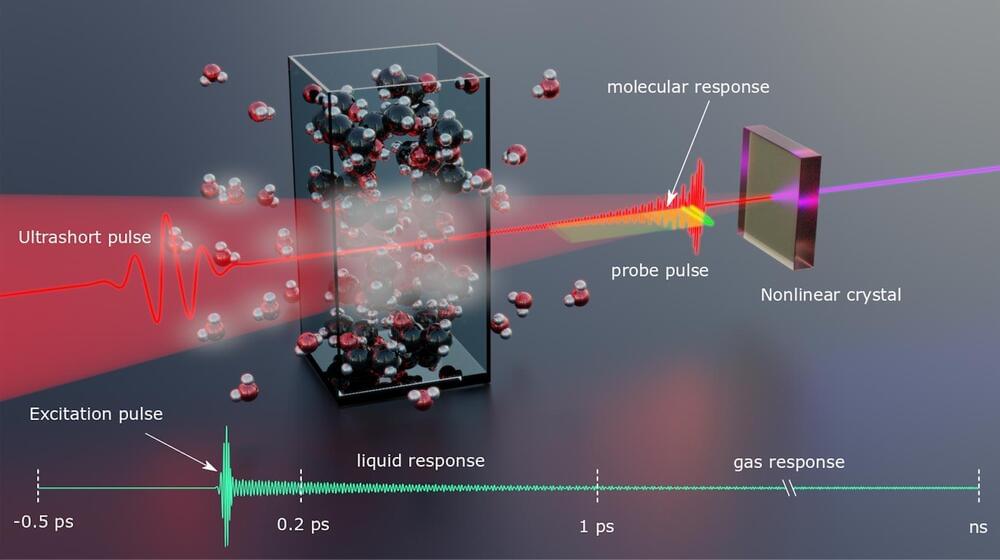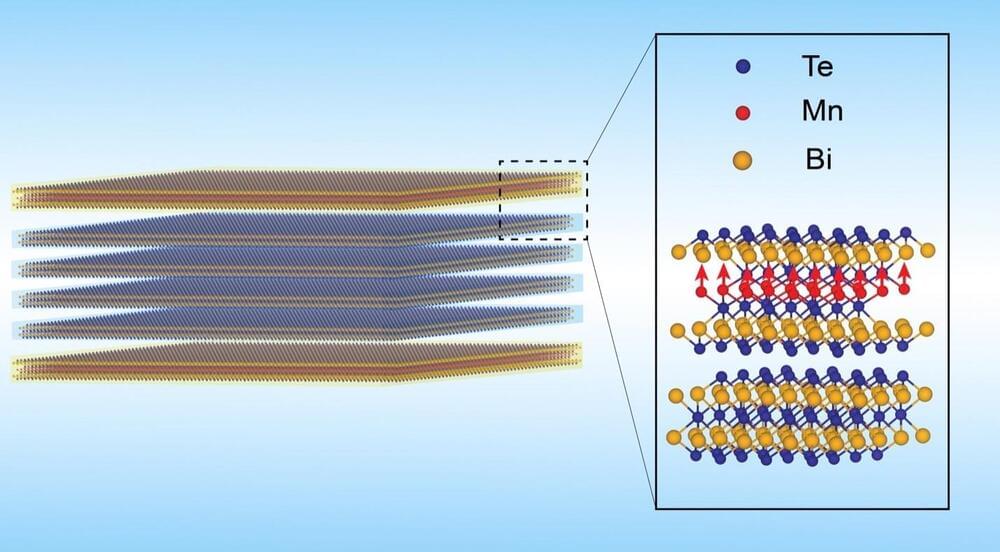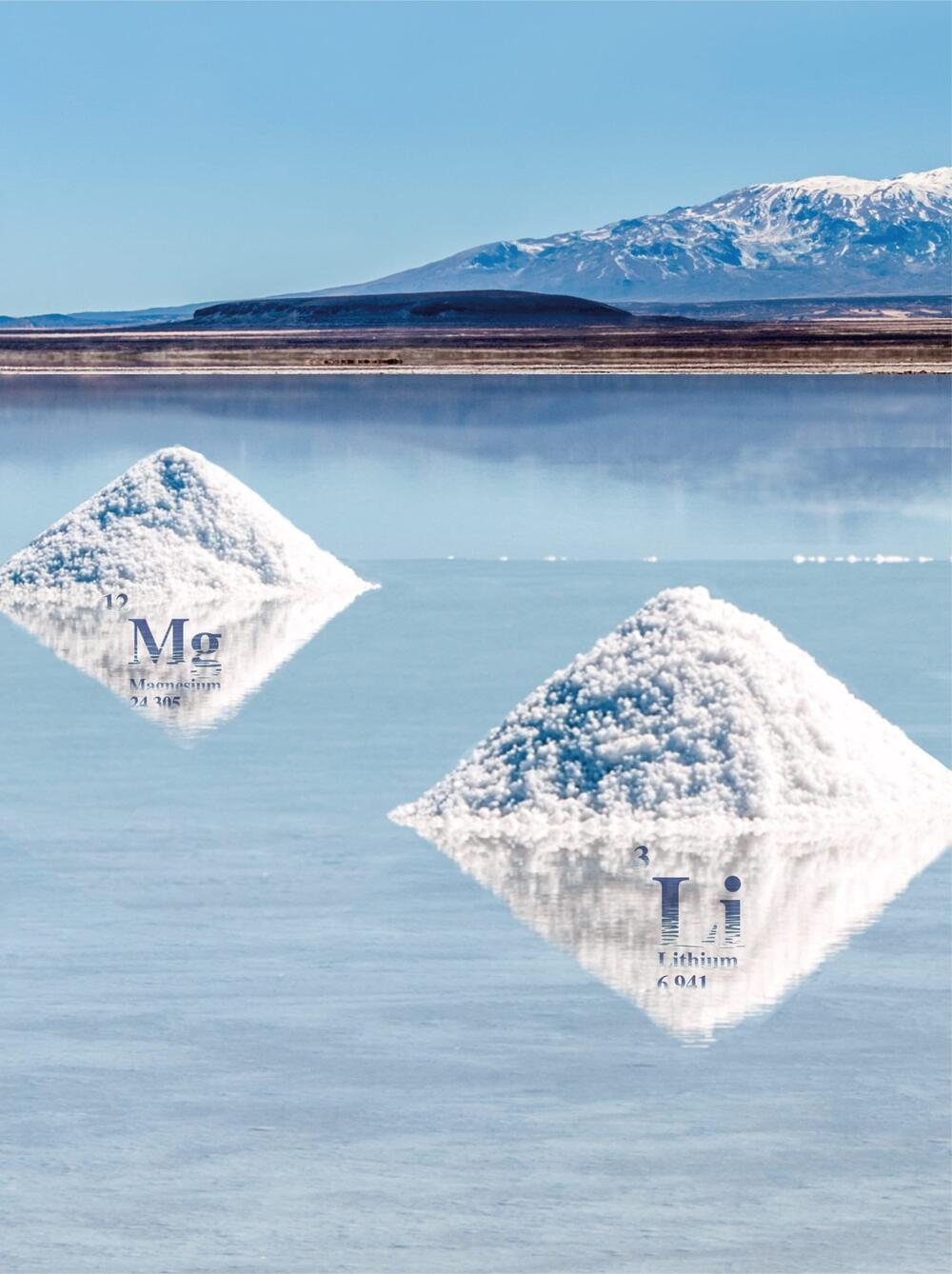Oct 26, 2024
Ultrafast Laser Pulses Reveal Molecular Fingerprints in a Trillionth of a Second
Posted by Saúl Morales Rodriguéz in categories: biotech/medical, innovation
A new technique called ‘femtosecond-fieldoscopy’ developed by the Max Planck Institute enables the precise detection of biomarkers in minute liquid quantities using ultrashort laser pulses.
This method provides a clear molecular ‘fingerprint’ for identifying specific molecules and opens up possibilities for advanced biomedical research and applications.
Breakthrough in Biomarker Detection.


















